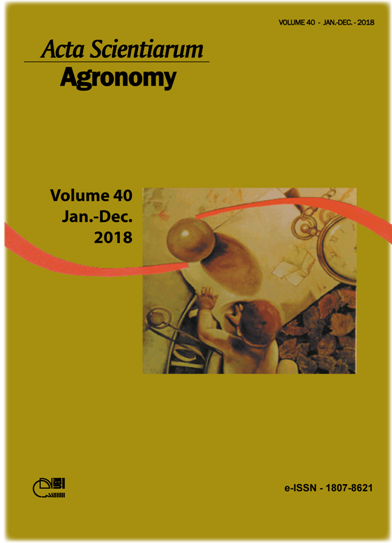<b>Metabolic alterations and X-ray chlorophyll fluorescence for the early detection of lead stress in castor bean (<i>Ricinus communis</i>) plants
Resumo
The remediation of lead-contaminated areas poses a serious challenge to soil chemists because Pb has low solubility in soil. Thus, Pb phytostabilization is considered to be an attractive remediation technique. Castor bean (Ricinus communis) is an oilseed crop known for its tolerance to heavy metals, and our aim was to assess the early detection of Pb toxicity and the effects of Pb on the biomass, photosynthetic pigments, antioxidative enzyme activities, and total soluble proteins of this plant. Specimens were grown in a nutrient solution spiked with Pb concentrations of 25, 50, 100, 150, or 200 µmol L-1. A control without Pb was also grown. The results show that X-ray chlorophyll fluorescence is an efficient technique for the early detection of photosystem II alterations driven by Pb toxicity. Castor bean was tolerant to the Pb doses tested; plants presented no changes in photosynthetic pigments, defense enzyme activities, or total soluble proteins in leaves. Given its ability to tolerate and accumulate Pb in its roots, castor bean is a viable alternative for phytostabilization and phytoattenuation of lead-contaminated areas. It is also economically attractive for industrial and biofuel oil production while being used for remediation.
Downloads
DECLARAÇÃO DE ORIGINALIDADE E DIREITOS AUTORAIS
Declaro que o presente artigo é original, não tendo sido submetido à publicação em qualquer outro periódico nacional ou internacional, quer seja em parte ou em sua totalidade.
Os direitos autorais pertencem exclusivamente aos autores. Os direitos de licenciamento utilizados pelo periódico é a licença Creative Commons Attribution 4.0 (CC BY 4.0): são permitidos o compartilhamento (cópia e distribuição do material em qualqer meio ou formato) e adaptação (remix, transformação e criação de material a partir do conteúdo assim licenciado para quaisquer fins, inclusive comerciais.
Recomenda-se a leitura desse link para maiores informações sobre o tema: fornecimento de créditos e referências de forma correta, entre outros detalhes cruciais para uso adequado do material licenciado.




















































